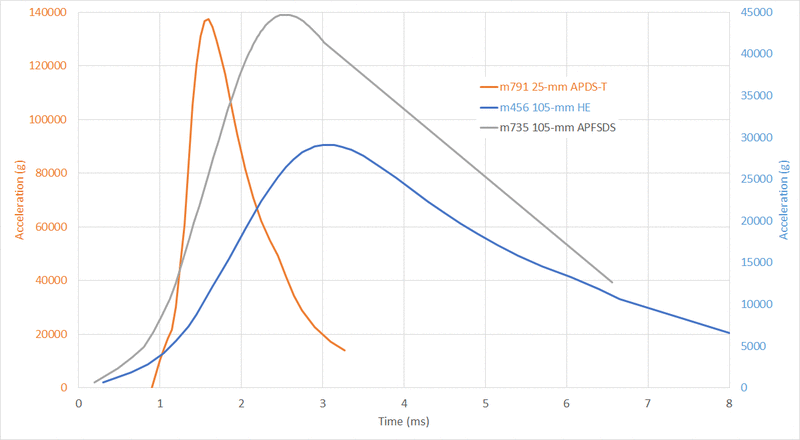Howdy all,
So every time I see a news story about an asteroid that will pass close to the earth, I wonder if it would be possible to use an elastic collision with the passing asteroid to propel a spacecraft to deep space. I imagine either a long, multi-stage cylinder to compress a gas (I don't think this would work) or perhaps a pair of micro-satellites connected by a cable that would be in the path. (I think this has a chance of working.)
What would be the max G-loading a satellite could be designed to withstand while having useful systems for positioning, communication and of course science, survive?
If the elastic collision was efficient it could propel a spacecraft twice as fast as the asteroid was going.
Is this a reasonable idea? Or am I nuts? (for this specific idea since I know generally, yeah I'm a bit nuts.)
Thanks,
-Kirby
Kirby Wilkerson
Remember, first define the problem, then solve it.
So every time I see a news story about an asteroid that will pass close to the earth, I wonder if it would be possible to use an elastic collision with the passing asteroid to propel a spacecraft to deep space. I imagine either a long, multi-stage cylinder to compress a gas (I don't think this would work) or perhaps a pair of micro-satellites connected by a cable that would be in the path. (I think this has a chance of working.)
What would be the max G-loading a satellite could be designed to withstand while having useful systems for positioning, communication and of course science, survive?
If the elastic collision was efficient it could propel a spacecraft twice as fast as the asteroid was going.
Is this a reasonable idea? Or am I nuts? (for this specific idea since I know generally, yeah I'm a bit nuts.)
Thanks,
-Kirby
Kirby Wilkerson
Remember, first define the problem, then solve it.

